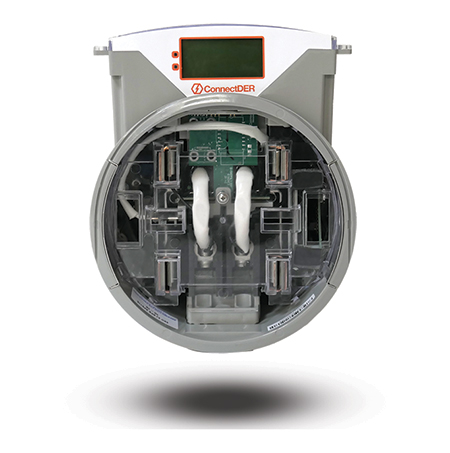The cost declines in solar over the past decade have been nothing short of extraordinary. Just 10 years ago, the cost per watt for a standard rooftop panel was about 12x more expensive, carbon footprints were for the environmentally active fringe, and financing was still pretty tricky to come by. Innovations that helped overcome cost, perception and access barriers like these have set the stage for massive growth in residential solar in the coming decade.
Despite these and other critical advancements, solar’s soft costs (AKA “everything else”) have stayed stubbornly high.
As anyone in the industry knows, that's because soft costs have proven to be more difficult to cut at that same rate — in part because the industry is not fully in control. Soft costs — such as customer acquisition, installation, permitting and inspection — now represent more than 60 percent of solar photovoltaic system costs, according to the U.S. Department of Energy.
One key to getting solar soft costs down is to simplify and standardize installation.
Right now, the technical act of connecting a home's rooftop solar to the grid remains surprisingly difficult — it is overly customized. Customization leads to time-consuming and complicated jobs. While other aspects of installation have improved and evolved, grid connection has stayed essentially the same. That complication is expensive.
Instead of the current system, imagine if connecting solar to the grid was as easy as plugging your new coffee maker into the outlet on your wall. What if we could make solar grid connections take the same amount of time and work?

Con Edison employees receive training on meter collar installation.
Plugging your coffee maker in is easy because it’s standardized and doesn’t require any special training, If plugging in your coffee maker required specialized electrical work it would raise the cost by 100X or more. But it's not difficult — you remove it from the box and plug it in, and a couple of minutes later, you have coffee. You don't need to hire an electrician for installation or get a permit — all those things happen behind the plug.
 We need to get rooftop solar — and all distributed energy resources — as close to appliance installation as possible.
We need to get rooftop solar — and all distributed energy resources — as close to appliance installation as possible.
What happens now in the United States? How do we (typically) connect rooftop solar to the grid?
First, the actual electrical work. The sides or back of many solar homes have a veritable maze of PVC pipe, wiring and junction boxes. All of those extra connections and wiring equals work, time, money and diminished safety. Complicated connections add hours to an installation — and when you start working at the scale that we expect in the next decade — that can mean millions upon millions of dollars in waste and unnecessary customization. They also make permitting more difficult and time-consuming.
We have the technology to change this, and it should start with standardization. When you buy your coffee maker, it comes with a plug, and that plug fits into your wall socket. It's plug and play. We have the technology to make plugging rooftop solar into the grid nearly as easy as plugging in that new coffee maker.
That starts with standardizing the connection to the grid. By standardizing the connection, we'll shrink installation times. For example, utilities that have used our meter collar — a single, UL listed device that has been tried and tested in programs and pilots across the country — have saved up to several thousand per installation.
Using a meter collar means that solar installers simply detach the home's meter, hook up a meter collar, replace the meter and then plug the inverter's power directly into the meter collar. The interconnection leaves the homeowner offline for a mere five minutes instead of several hours for a traditional install.
That's straightforward savings, but the real impact could come in the form of streamlined permitting. Can you imagine if, rather than a custom application, every solar installation had a standardized grid interconnection? Appliance connections have standards that are set, permitted and approved centrally. Standardization lowers costs, speeds installation and expands access — all things we need and want from solar.
Plug and play solar will transform the installation and permitting process and give soft cost reductions the jolt they need.
 Colin Mattox is head of product marketing at ConnectDER, where he leads efforts on content creation, overall messaging, campaign planning and budget management.
Colin Mattox is head of product marketing at ConnectDER, where he leads efforts on content creation, overall messaging, campaign planning and budget management.







